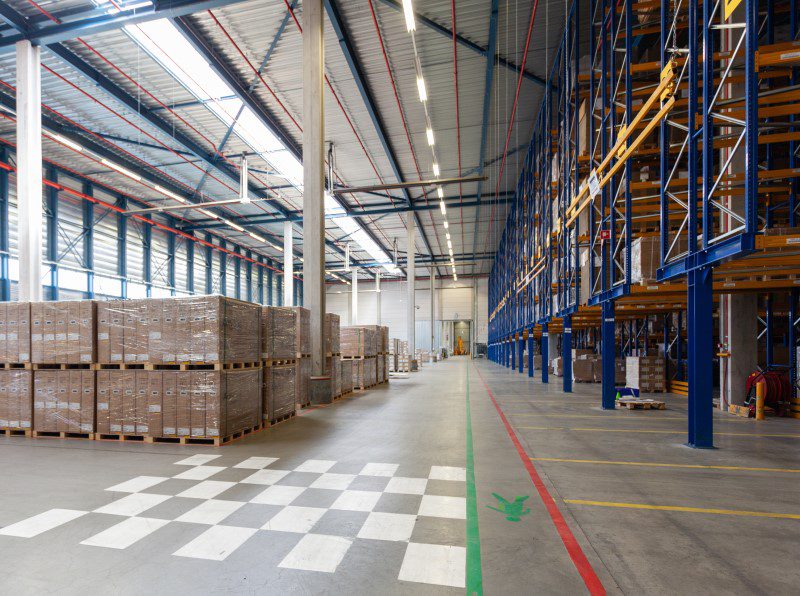Interlocking floor tiles are very popular among contemporary designers and home decorators. They present a sleek and minimalist approach to the personal or commercial space. One of the primary reasons why people are gravitating toward interlocking floor tiles is the eco-friendly option and its benefits. Most of the time, construction and renovation are tough on the environment as they create pollution and other chemicals for processing. The interlocking floor tiles have reduced the impact on the environment and made it more sustainable. Some of the major eco-friendly benefits of interlocking floor tiles are as follows:
1: Reusability
One of the primary benefits of interlocking floor tiles is that they are reusable. Unlike the traditional flooring option, interlocking floor tiles are much easier to install and are designed specifically to be reused. They are held together without the use of glue or adhesive. Interlocking floor tiles are a much better option, as they can simply be used by taking them apart and using them in another area for placing.
Secondly, reusability is not only applicable to taking them down and redesigning them. But it goes beyond that to include the waste generated during installation. Interlocking floor titles reduce the amount of raw material used to connect the tiles for new flooring installation and ensure proper finishing of the floor design. These eco-friendly steps have significantly reduced the environmental stress on the production of new raw materials, the workforce, and waste management.
2: Reduced Waste
New flooring and its finishing require a lot of raw materials. The renovation of a house or commercial floor requires the removal of old materials and the application of new, fresh materials. The traditional flooring option, such as carpet installation, requires previous nails, glue, and padding to be properly disposed of. The new carpet and padding increase the amount of waste material, and this waste ends up in landfills or construction waste.
With the application of interlocking titles, very little waste is produced during the installation and removal processes. Interlocking floor tiles are designed to be installed and removed effectively with little use of adhesive. This will greatly and significantly assist in reducing environmental waste.
3: No Adhesives
Another eco-friendly benefit of having an interlocking floor in your personal space is that it requires no harmful adhesives to connect the tiles and keep them in place. The use of adhesives such as vinyl and glue emits volatile organic compounds (VOCs) into the air and increases air pollution. This kind of compound is harmful to health and the environment.
The application of interlocking floor tiles is through connecting the tiles in a very eco-friendly way. No adhesives are used in the installation process. This makes them an ideal group for eco-friendly people.
4: Low Maintenance
Traditional floor options are less commonly used in residential or commercial buildings due to their high maintenance requirements. Although traditional flooring looks better and is more attractive in a house or building, its maintenance is highly expensive. Traditional options such as carpets and stone or concrete flooring require frequent cleaning and polishing. The chemicals utilized in the cleaning and polishing process are expensive and harm the environment.
On the other hand, interlocking tiles require minimal and basic cleaning with mild detergent. The interlocking tiles are less likely to get stained or dirty. Due to the application of resin or epoxy on the tiles, maintenance becomes easier and reduces the overall environmental impact, saving on maintenance costs as well.
5: Made from Recycled Materials
One of the most prominent features of interlocking tiles is that they are made from recycled material. Many interlocking tile manufacturing companies are producing tiles economically and with recycled material. The eco-friendly way of producing flooring reduces the use of plastic and rubber, which are single-purpose materials, and their usage leads to increased waste.
Using recycled material in a friendly way and creating interlocking floor tiles and materials significantly reduces industrial waste. Manufacturers are now reducing their carbon and plastic footprint to protect the environment, and these tiles are the first step towards that goal.
Conclusion
Interlocking floor tiles present several eco-friendly benefits that reduce the environmental impact. Manufacturing eco-friendly products is the first step towards obtaining a sustainable environment. With this goal, flooring and renovation are not only evolving towards a better world and future, but they also help to save energy, resources, and the overall cost of product maintenance. Interlocking floor tiles are the tiling of the future because they are durable and long-lasting, hence the first choice of many designers.




